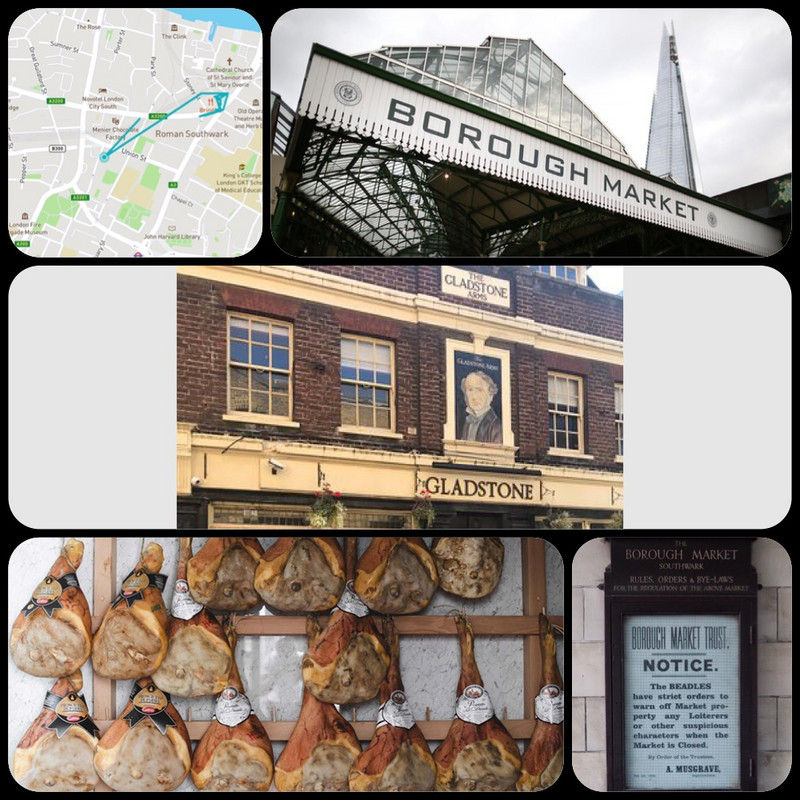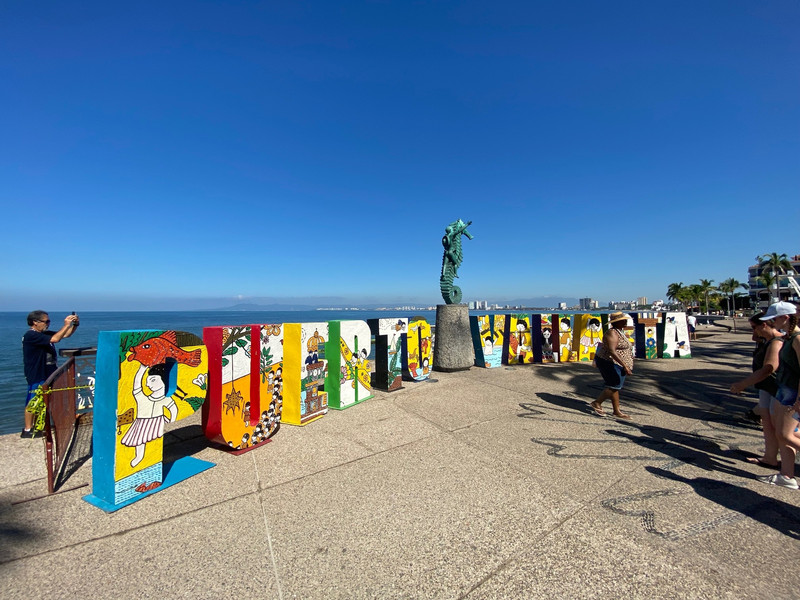Borough Market in Southwark is one of the largest and oldest food markets in London, dating back to at least the 12th century. The present buildings were built in the 1850s with additions in the 1860s and an entrance designed in the Art Deco added on Southwark Street in 1932. Significant changes to the buildings have been made over the years as a result of successive expansions to the nearby railway infrastructure.
The Act of Parliament from 1754 that helped establish Borough Market in its current form was very clear about the period of time this important institution would be expected to operate. The Market would, it was written, remain an estate for the use and benefit of the for ever. Not for weeks or months or even centuries, but for all eternity.
The body responsible for fulfilling this rather daunting remit is a charitable trust, run by a board of volunteer trustees. For generation after generation, the Markets trustees have had to some significant challenges—from the arrival of the railway line in the 1860s, to the bombs that fell in the 1940s, to the slow
decline of fruit and veg wholesale in the 80s and 90s—but so far, so good. As the city it serves has changed, this famous London institution has continued to evolve.
Our guide stopped to chat to one of the stall holders which was nice to be able to interact with someone.
As we walked we came to Red Cross Way where we saw the work of Artist Jimmy C who had created his latest addition to Londons streets, He started painting on the street in the early 1990s as a part of the then growing Australian underground graffiti movement and has since gone on to develop his distinct style.
‘Pointillism, also called divisionism and in painting, the practice of applying small strokes or dots of colour to a surface so that from a distance they visually blend together.
We walked a little further and came across a strange sight 100s of colourful ribbons, flowers, toys and other trinkets tied to
the railings overlooking a small garden. This is Cross Bones, an old burial ground where thousands of Londoners, mostly the poorest members of society, were laid to rest.
In his 1598 Survey of London John Stow refers to a plot of ground called the Single Womens Graveyard in which prostitutes would be buried, and excluded from Christian burial for as long as they lived in sin, these women were known as ‘Winchester Geese as they were licenced and protected by the Bishop of Winchesters orders.
Octavia Hill garden, steeped in history this small park was built along with its neighbouring cottages in 1886. Designed by Octavia Hill a social reformer and one of the three founders of The National Trust this park was her flagship project and at the time Red Cross Garden demonstrated the importance of improving housing for the poor and the need for meaningful occupations for poor workers.
There has been a public house here since the 19th century and, after Charles Dickens lodged in the street, he subsequently referred to it in the Pickwick Papers.
There were a lot of problems today with the signal so some of the postcards werent clear enough but the images I have used are what I saw.









